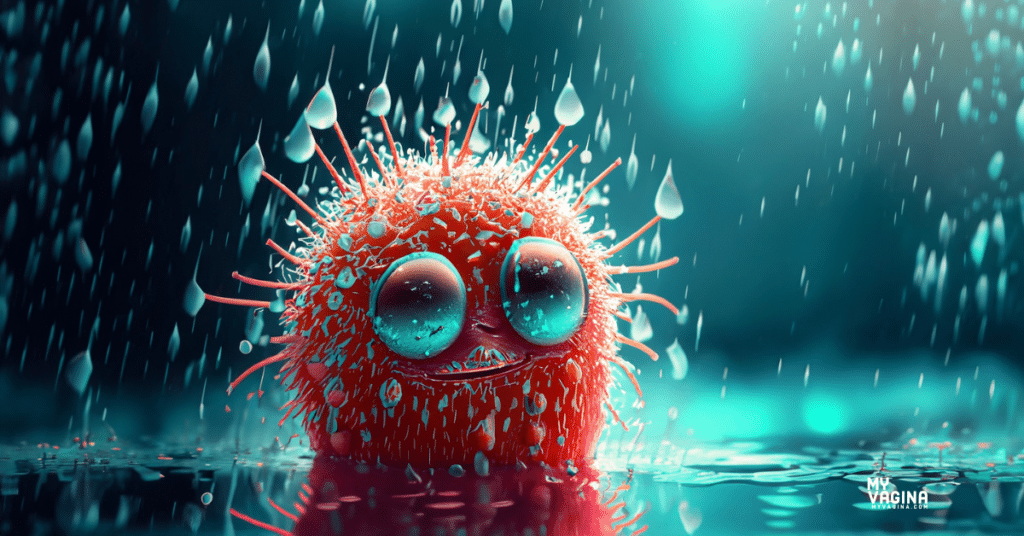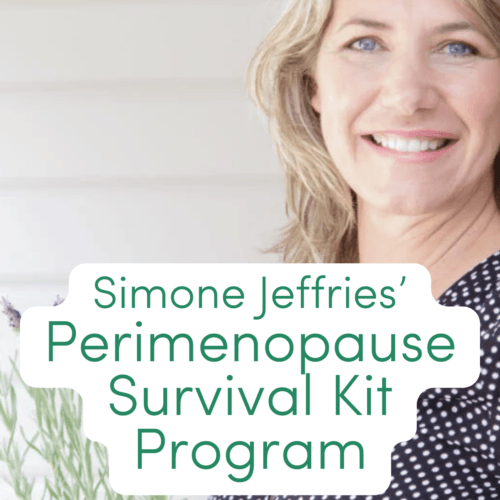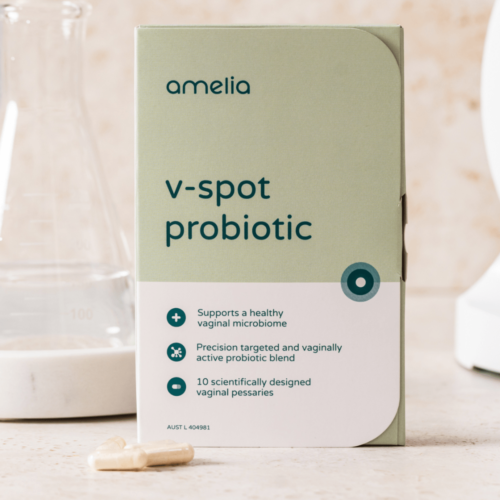Hi there Aunt Vadge,
I had some sort of vaginal infection in 2020, not cultured during COVID, responded somewhat to Diflucan.
I was extended breastfeeding at the time and I was also diagnosed with Lyme and Bartonella in the same week.
I had ongoing pelvic pain/vaginal discharge through 2022. Diagnosed with BV, recurred monthly, treated with metrogel, flagyl, vaginal clindamycin, finally cleared 2022 with Fluomizin1,2 (Thank you!!).
Since then, I have been dealing with constant white/clear discharge. No itch, no smell. But constant, where I change my underwear 3-4 x/day. STD and other gyn cultures are all normal/negative. My last vaginal microbiome test showed 98% Lactobacillus crispatus.
I just used 3 days of Fluomizin because I responded so well previously and I had a brown discharge that looks like old blood and past a clot.
Now I am flaring with symptoms of pelvic burning, worse in the morning.
What do I do next? :/
Help!
Baffled
Age 39, USA
________
Hi Baffled,
It’s clear you have been through quite a lot, and it must be incredibly frustrating to deal with persistent symptoms despite various treatments.
The fact that you have had Lyme and Bartonella diagnoses alongside ongoing vaginal infections adds complexity to your situation. Additionally, in some people both these infections can cause vulvovaginal ulcers and other disruptions to the reproductive tract3–5.
The antibiotics you’re taking for Bartonella – rifampin and azithromycin – can further impact your microbiome, gut in particular, which might be an area to focus on.
Your urinary and vaginal microbiome have a classic picture of the UTI/AV/CV about them, and that indicates to me something deeper going on that is keeping all of this hanging around without full resolution.
Your current constant discharge and the flare-up of pelvic burning symptoms after using Fluomizin again don’t sound much fun. The pelvic pain and burning are indicative of inflammation or irritation that needs attention.
Your vaginal pH of 5.0 is out of range, indicating that after the last treatment, your bacteria have changed. There’s just no way that 98% L. crispatus has a pH of 5.0, so either the strips are wrong or the bacteria have changed.
I’m not sure why another round of Fluomizin has modified the environment so much, but it clearly didn’t agree with you a second time around, unfortunately!
You’re using Yaz to manage your PCOS, and you’ve mentioned that the symptoms seem to improve with oral contraceptives, it might be interesting to examine if there’s a hormonal component to your vaginal symptoms that could be managed differently.
That these issues coincide with not only a period of breastfeeding (low oestrogen) but big immune events such as Lyme and bartonella seem connected. Because you’re on the pill, it’s difficult to gauge what your hormones are doing. We can usually tell based on your menstrual symptoms, and flow whether we’re dealing with high or low oestrogen, which can contribute in their own ways to pelvic symptoms.
Given the complexity of your situation and the multiple avenues that need to be explored, I’d strongly encourage you to seek the guidance of one of our vulvovaginal specialist naturopaths. They take a holistic view of all the factors at play – including your antibiotic treatment for Bartonella, PCOS, and extended breastfeeding – to determine the best path forward.
You have complexities that need the careful eye of a practitioner.
Best,
Aunt Vadge
References
- 1.Weissenbacher ER, Donders G, Unzeitig V, et al. A Comparison of Dequalinium Chloride Vaginal Tablets (Fluomizin®) and Clindamycin Vaginal Cream in the Treatment of Bacterial Vaginosis: A Single-Blind, Randomized Clinical Trial of Efficacy and Safety. Gynecol Obstet Invest. Published online December 23, 2011:8-15. doi:10.1159/000332398
- 2.Mendling W, Weissenbacher ER, Gerber S, Prasauskas V, Grob P. Use of locally delivered dequalinium chloride in the treatment of vaginal infections: a review. Arch Gynecol Obstet. Published online October 27, 2015:469-484. doi:10.1007/s00404-015-3914-8
- 3.Middelveen MJ, Haggblad JS, Lewis J, et al. Dermatological and Genital Manifestations of Lyme Disease Including Morgellons Disease. CCID. Published online May 2021:425-436. doi:10.2147/ccid.s299526
- 4.Finch JJ, Wald J, Ferenczi K, Khalid S, Murphy M. Disseminated Lyme Disease Presenting With Nonsexual Acute Genital Ulcers. JAMA Dermatol. Published online November 1, 2014:1202. doi:10.1001/jamadermatol.2014.1072
- 5.Fesler MC, Middelveen MJ, Burke JM, Stricker RB. Erosive Vulvovaginitis Associated With Borrelia burgdorferi Infection. Journal of Investigative Medicine High Impact Case Reports. Published online January 2019:232470961984290. doi:10.1177/2324709619842901
An expert-guided, hands-on naturopathic program for those aged 40 to 55. Yes, perimenopause starts in your early 40s!
Empower yourself as you transition through perimenopause with vagina and perimenopause expert naturopath Simone Jeffries. Take control of your symptoms and learn how to treat yourself at home easily and inexpensively, being personally guided by the very best in the business.
Unique, comprehensive BV, AV and 'mystery bad vag' treatment guide, one-of-a-kind system, with effective, innovative treatments.
Specially formulated probiotic for vaginal application to promote a healthy vaginal microbiome.






